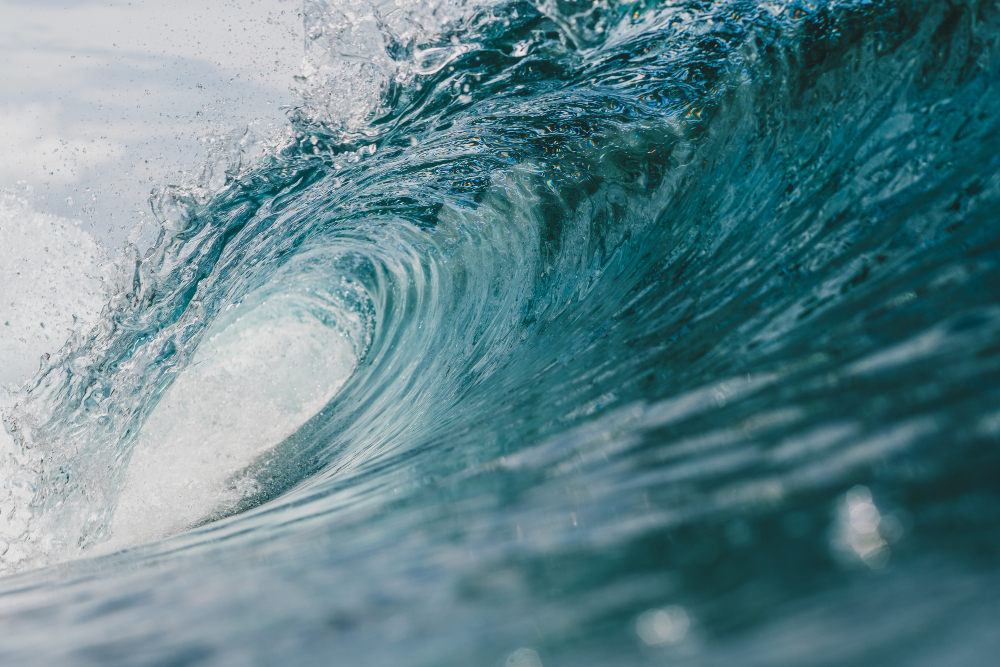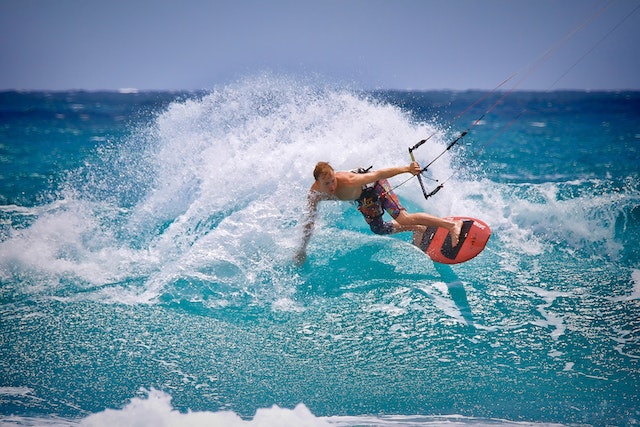Bodyboarding, also known as boogie boarding, is an exhilarating water sport that allows individuals of all ages to ride waves closer to the shore. Whether you’re a beginner eager to dive into the waves or an experienced enthusiast looking to refine your skills, this article will guide you through mastering the art of bodyboarding. We’ll explore essential tips and tricks to ride waves with finesse, ensuring an unforgettable experience. So, grab your board, and let’s dive in!
Table of Contents
| Sr# | Headings |
|---|---|
| 1 | Understanding Bodyboarding |
| 2 | Selecting the Right Bodyboard |
| 3 | The Art of Paddling |
| 4 | Catching Waves Like a Pro |
| 5 | Mastering the Pop-up |
| 6 | Embracing the Barrel Roll |
| 7 | Navigating Choppy Waters |
| 8 | Improving Your Maneuvers |
| 9 | Safety Measures for Bodyboarding |
| 10 | Embracing the Thrill: Tricks and Stunts |
1. Understanding Bodyboarding
Before we plunge into the technical aspects, let’s grasp the essence of bodyboarding. Unlike traditional surfing, bodyboarding involves lying on a shorter, rectangular board, allowing you to catch waves closer to the shoreline. It offers an adrenaline-pumping experience with lower barriers to entry, making it ideal for beginners. The sport revolves around harmony with the ocean, making it an exciting way to connect with nature while enjoying the thrill of riding waves.
2. Selecting the Right Bodyboard
Your choice of bodyboard can significantly impact your performance. Consider factors like your height, weight, and skill level when selecting a board. A wider board offers more stability for beginners, while experienced riders may opt for narrower boards for increased maneuverability. Additionally, choose the appropriate core material, such as polyethylene or polypropylene, based on the water temperature and your skill level.
3. The Art of Paddling
Efficient paddling is the foundation of successful bodyboarding. Use your arms to propel yourself through the water, maintaining a streamlined body position to reduce resistance. As you spot an approaching wave, paddle with determination to match its speed. Remember, the better your paddling technique, the easier it becomes to catch waves and ride them with confidence.
4. Catching Waves Like a Pro
Timing is crucial when it comes to catching waves. Keep an eye on the sets rolling in, and be patient for the right wave to come your way. To catch a wave, position yourself with your body towards the shore, ready to paddle with full force as the wave approaches. With practice, you’ll develop a keen eye for reading the waves and improve your wave-catching abilities.
5. Mastering the Pop-up
The pop-up is a fundamental skill that transitions you from lying on the bodyboard to a standing position. As the wave lifts you, swiftly push up with your arms and bring your legs underneath your body. Find your balance and align your feet with the board’s centerline. Mastering this technique takes time, so practice on land before attempting it on the waves.
6. Embracing the Barrel Roll
Once you’ve gained confidence in basic maneuvers, it’s time to embrace more advanced techniques. The barrel roll is a classic move that involves spinning under the curl of a breaking wave. As the wave forms a barrel above you, tuck in your body and roll with the momentum. This exciting move will impress onlookers and add flair to your bodyboarding adventures.
7. Navigating Choppy Waters
Dealing with choppy waters is an inevitable part of bodyboarding. To handle such conditions, keep your body low on the board and maintain a firm grip on its edges. Utilize your core strength to stabilize yourself and continue paddling with determination. Embrace the challenge, as mastering choppy waters will enhance your overall bodyboarding skills.
8. Improving Your Maneuvers
To take your bodyboarding to the next level, experiment with various maneuvers. Try carving, where you use your body weight to turn the board on the wave’s face, or cutbacks to change direction smoothly. These moves add style to your rides and provide a deeper connection with the waves. Embrace creativity and make each ride a unique experience.
9. Safety Measures for Bodyboarding
Safety should always be a priority when enjoying water sports. Before heading out, familiarize yourself with the beach’s conditions, including potential hazards and rip currents. Wear the appropriate protective gear, such as a leash and fins, to enhance your safety and maneuverability in the water. Respect the ocean’s power and always be aware of your limits.
10. Embracing the Thrill: Tricks and Stunts
Once you’ve mastered the basics, exploring tricks and stunts can add excitement to your bodyboarding sessions. Attempt moves like 360 spins, aerials, and flips, but do so with caution and proper skill level. These awe-inspiring tricks will leave you with a sense of accomplishment and a thirst for continuous improvement.
Conclusion
In conclusion, bodyboarding is an exhilarating water sport that allows individuals to connect with the ocean and ride waves with style and finesse. Mastering the art of bodyboarding requires dedication, practice, and an understanding of wave dynamics. As you continue to explore the thrill of bodyboarding, remember to prioritize safety and respect the ocean’s power. With the right board, techniques, and a sense of adventure, you’ll be well on your way to becoming a proficient bodyboarder.
FAQs
- What should I wear while bodyboarding? Wear comfortable swimwear, a rash guard for sun protection, and a wetsuit in colder waters. Don’t forget to wear a leash to keep your board tethered to you.
- Can anyone try bodyboarding, even if they can’t surf? Absolutely! Bodyboarding is a beginner-friendly sport that doesn’t require the same level of wave mastery as traditional surfing.
- How do I avoid wipeouts while catching waves? To avoid wipeouts, start with smaller waves and gradually progress to larger ones as you build your skills and confidence.
- What’s the best time of day to go bodyboarding? Early mornings and late afternoons often offer the best conditions, with less wind and fewer people in the water.
- How can I improve my bodyboarding endurance? Regular cardiovascular exercises, such as swimming and paddling, will improve your endurance and help you stay in the water for longer durations.
Remember, mastering bodyboarding is an ongoing journey of learning and growth. Embrace each wave as a chance to improve, and most importantly, have fun in the process!


